Pruning Techniques
Keeping Your Garden Healthy: Essential Pruning Techniques
Having a healthy garden not only enhances the beauty of your outdoor space but also promotes the growth of your plants. Pruning is a crucial practice that helps maintain the health and appearance of your plants. Here are some essential pruning techniques to keep your garden flourishing:
1. Deadheading
Deadheading is the process of removing spent flowers from your plants. This technique not only improves the aesthetic appeal of your garden but also encourages the plant to produce more flowers.
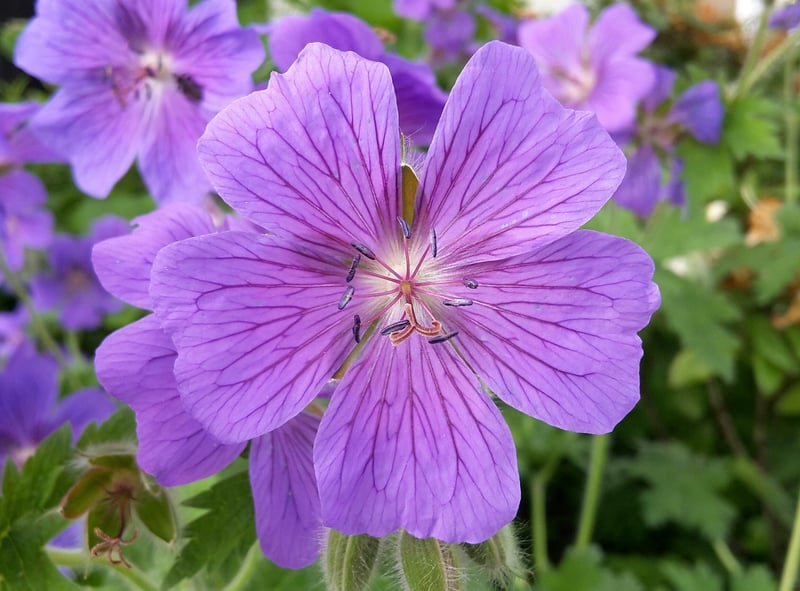
2. Thinning
Thinning involves removing excess branches or stems to improve air circulation and sunlight penetration within the plant. This technique helps prevent diseases and promotes healthy growth.
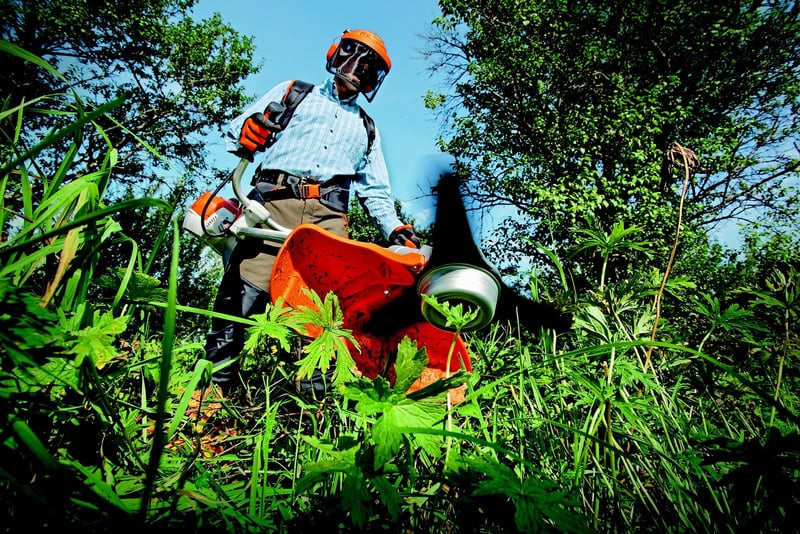
3. Heading Back
Heading back is the practice of cutting back the tips of branches to promote branching and denser growth. This technique is useful for shaping shrubs and maintaining their size.
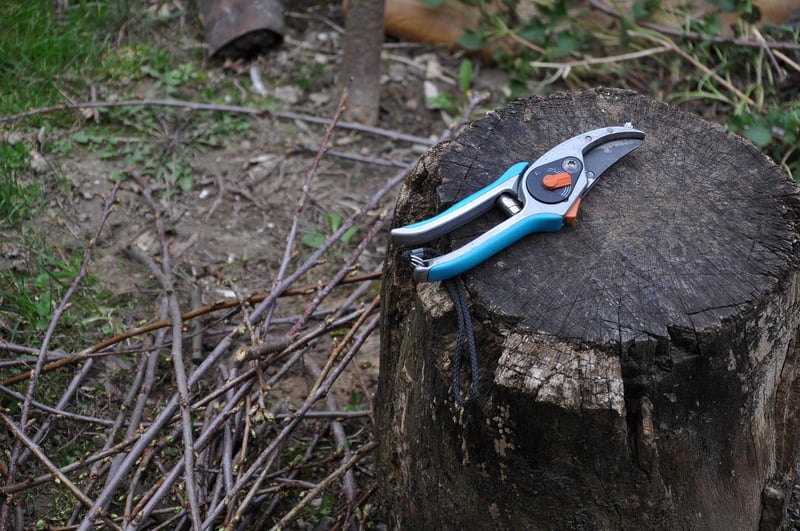
4. Rejuvenation Pruning
Rejuvenation pruning involves cutting back the entire plant to stimulate new growth. This technique is beneficial for old or overgrown plants that require renewal.
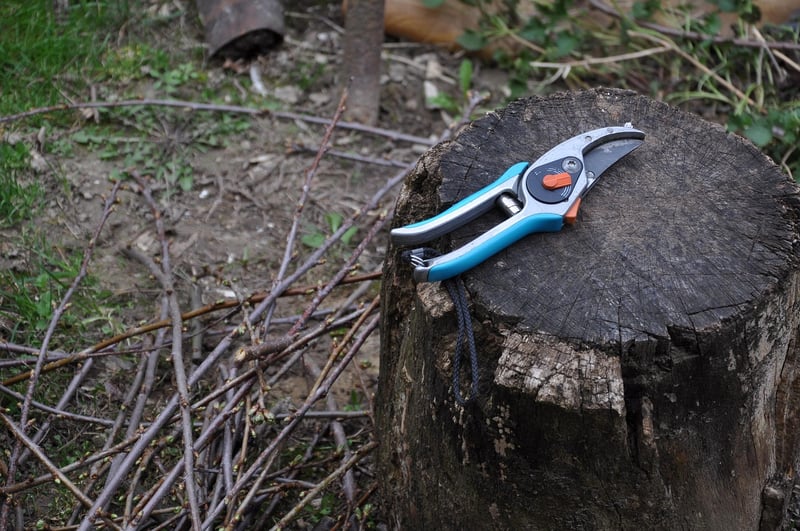
5. Crown Lifting
Crown lifting is the process of removing lower branches to raise the canopy of a tree. This technique improves air circulation, light exposure, and enhances the overall appearance of the tree.
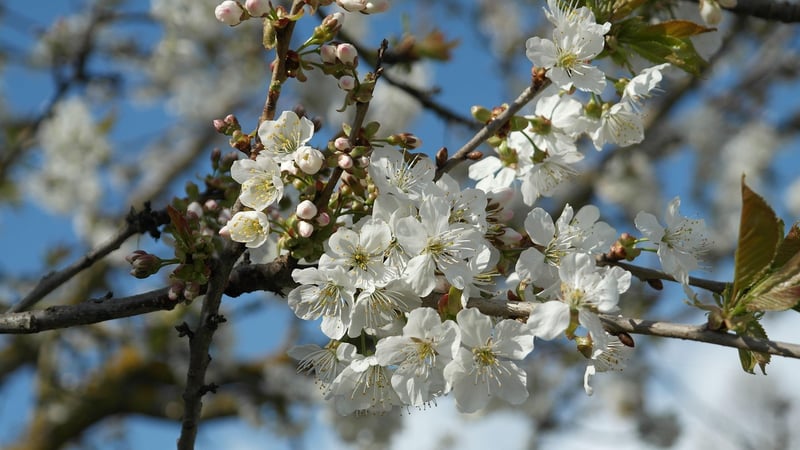
By incorporating these pruning techniques into your gardening routine, you can ensure the health and vitality of your plants while creating a visually stunning garden space.
Remember to use proper pruning tools and techniques to avoid causing harm to your plants. Happy gardening!
